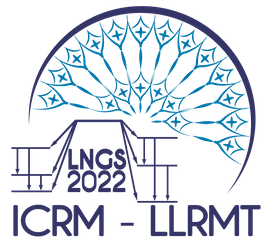Speaker
Description
The implementation of Directive 2013/59/EURATOM and the related modifications to national laws establishing reference levels of radon activity concentration, contributed to the increased interest in accurate radon measurements. Therefore, there was a need for calibration of radon instruments at reference concentrations below 300 Bq/m$^3$ with quality assured procedures and uncertainties that provide a reasonable basis for decision-making.
One of the most important aspects of the reliability of radon activity concentration measurements is ensuring traceability by providing regular calibration of the instruments in the region of the activity concentration of its later application. To achieve this, it is necessary to provide a radon chamber to contain the radioactive reference atmosphere for the calibration, a reference instrument (if this reference atmosphere is not a primary one) traceable to the primary or secondary standard, a well-characterized radon source, developed uncertainty budgets, standardized calibration procedures, and a quality assurance program. Though this principle was established during the past decades, the activity concentrations below 100 Bq/m$^3$ have not been subject to metrological research so far. This situation changed with the EMPIR 19ENV01 traceRadon which started in 2020 because here radon is not only addressed as the largest natural source of public exposure to ionizing radiation but also as a useful tracer for understanding atmospheric processes and estimating greenhouse gas emissions. That is why reliable measurements of low-level radon activity concentrations, such as those found in the environment (<20 Bq/m$^3$), are important both for organizations responsible for radiation protection and climate research. The general aim of the project is the development of traceable methods and robust technology for measurements of environmental low-level radon activity concentrations and radon fluxes, Both are important to derive information on greenhouse gas fluxes in the environment and therefore important for reduction strategy planning. The following metrological activities have been carried out so far: development of radon activity standards, calibration of low-level atmospheric radon concentration monitors, development of reference infrastructure for radon flux from the soil, calibration of continuous radon flux monitors in the field, and validation of radon flux models and inventories.
The development and implementation of calibration procedures at low-level radon activity concentrations and the improvement of existing solutions is a constant challenge for European laboratories. This study contains the most important information on the existing calibration procedures, an overview of available sources, suitable equipment used for the calibration of radon monitors, as well as future challenges.

